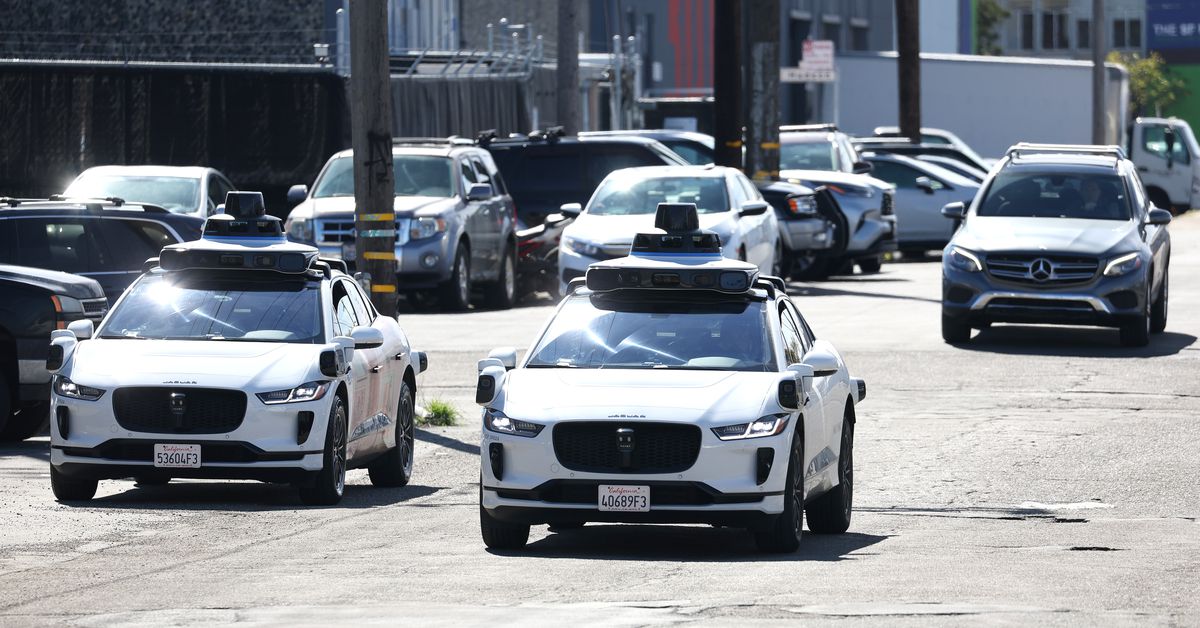/cdn.vox-cdn.com/uploads/chorus_asset/file/24526545/1470596502.jpg)
Waymo published a paper today outlining a safety case for autonomous vehicles that the company says should serve as a blueprint for the entire industry.
Waymo’s safety case would be “a formal way to explain how a company determines that an AV system is safe enough to be deployed on public roads without a human driver, and it includes evidence to support that determination,” the company says in an accompanying blog post.
In other words, Waymo is presenting an argument for the safety of autonomous vehicles, along with evidence that it says backs up this argument. And the company wants other AV companies — essentially, its competitors — to adopt a similar approach in order to prove to regulators that AVs can safely be deployed at a wide scale. And in doing so, Waymo hopes to improve the public’s perception of self-driving cars — which surveys show has been waning over the years.
In other words, Waymo is presenting an argument for the safety of autonomous vehicles, along with evidence that it says backs up this argument
“What we’re doing is trying to show our results and gain trust,” said Trent Victor, Waymo’s director of safety research.
Improved safety has been one of the main predictions of the autonomous vehicle (AV) industry. With over 1 million people dying in auto crashes globally every year, AV operators are increasingly leaning on this safety case to spur regulators to pass legislation allowing more fully autonomous vehicles on the road — and to convince their parent companies to keep the money flowing as early predictions about AVs taking over roads en masse failed to pan out.
Waymo Safety Case Approach by ahawkins8223 on Scribd
But while the argument seems convincing on the surface — AVs don’t get drunk or distracted like humans, nor do they speed or break the law — there is scant data that proves that fully automated vehicles are safer than human drivers.
Waymo has been one of the most transparent companies in the AV space, publishing a number of papers that lay out evidence that it says supports its claims about safety. Last month, the company released new data covering 1 million miles driven on public roads in California and Arizona, the two states where Waymo conducts most of its operations. The company said its vehicles were involved in two serious crashes and 18 “minor contact events” during its testing.
Waymo has been one of the most transparent companies in the AV space
Previously, the company had sought to measure the safety of its AVs by simulating dozens of real-world fatal crashes that took place in Arizona over nearly a decade. Waymo also has submitted scientific papers for peer review and publication comparing autonomous vehicle performance to human driving.
By publishing a blueprint for a safety case, the company is making its most explicit effort yet at influencing the public debate over autonomous vehicles. In addition to the paper, the company also submitted comments to the National Highway Traffic Safety Administration, in which it urged the agency not to adopt a “prescriptive” approach to regulations.
“This technology is cutting edge in the world,” Victor said, “and that’s definitely something that you don’t want to put some arcane rules around.”
To be sure, Waymo isn’t publishing its actual safety case, but rather a framework for how it would develop one to be delivered to regulators. “Actual safety cases with arguments and evidence are typically shared with respective regulatory authorities through established processes, as they often contain sensitive and business-critical information,” Waymo spokesperson Julia Ilina clarified in an email.
It’s not clear whether Waymo’s competitors will follow suit and adopt its safety case. Companies like Cruise, Zoox, Motional, and others have their own approach to safety that they probably would prefer to Waymo’s, but Victor said the point was to get all the players — competitors, regulators, the public — on the same page.
“What we’re trying to do is get everyone moving towards the same direction with the regulators and our competitors,” he said. “We have arguments to back up why we think this is the right way forward.”
Updated March 22nd 7:44AM ET: Updated to clarify that the paper Waymo published outlines a blueprint for a safety case, and not the safety case itself.
Services Marketplace – Listings, Bookings & Reviews
